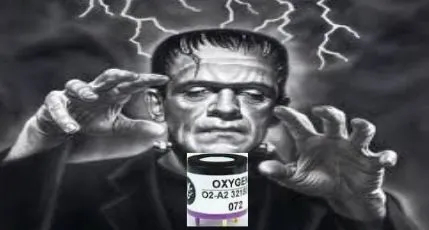
Is Your Sensor Really Dead?
So you’re doing your work and you notice something’s not right. The numbers displayed on your monitor are floating up and down. Maybe you’re getting a false alarm.
While this is usually the first sign that your sensor is about to kick the bucket, there is a trick you can do to breathe life into it for a bit longer. What I call, “The Hezekiah Effect”.
In the case of a lead-based Oxygen sensor, you can be pretty sure it’ll be pushing up the daisies soon. This is because the lead is constantly being depleted by Oxygen. As Neil Young would say, “Rust never sleeps.” Even when the monitor is off, oxygen continues to eat away the lead. Get ready to buy a new oxygen sensor.
 Good news for the other more common sensors, H2S, CO and LEL. You can do what is commonly known as a “Hard Zero,” which, in crude terms, forces the sensor to recognize fresh air as just that, fresh air. Like hitting an old TV on the side, it sort of knocks it back into gear. (For a full explanation and instructions, feel free to contact me at jason@tinosi.com.)
Good news for the other more common sensors, H2S, CO and LEL. You can do what is commonly known as a “Hard Zero,” which, in crude terms, forces the sensor to recognize fresh air as just that, fresh air. Like hitting an old TV on the side, it sort of knocks it back into gear. (For a full explanation and instructions, feel free to contact me at jason@tinosi.com.)
If the sensor continues to give inaccurate readings, calibrate it. If it still continues, that’s a sure sign that it’s about to die. It’s time to get a new sensor. Don’t delay!
This is just one of the topics covered in Gas Monitor Competence Training which should be provided for every user. Confined Space Entry classes do not typically cover the operation of the gas monitor – the very tool that keeps the worker safe – so it’s extremely important that workers get the training so they are confident, knowledgeable and safe.
For proper gas detector training, call us at 626-209-9644 or email us at info@tinosi.com. We can train up to 20 workers in under two hours for the cost of one gas detector.
